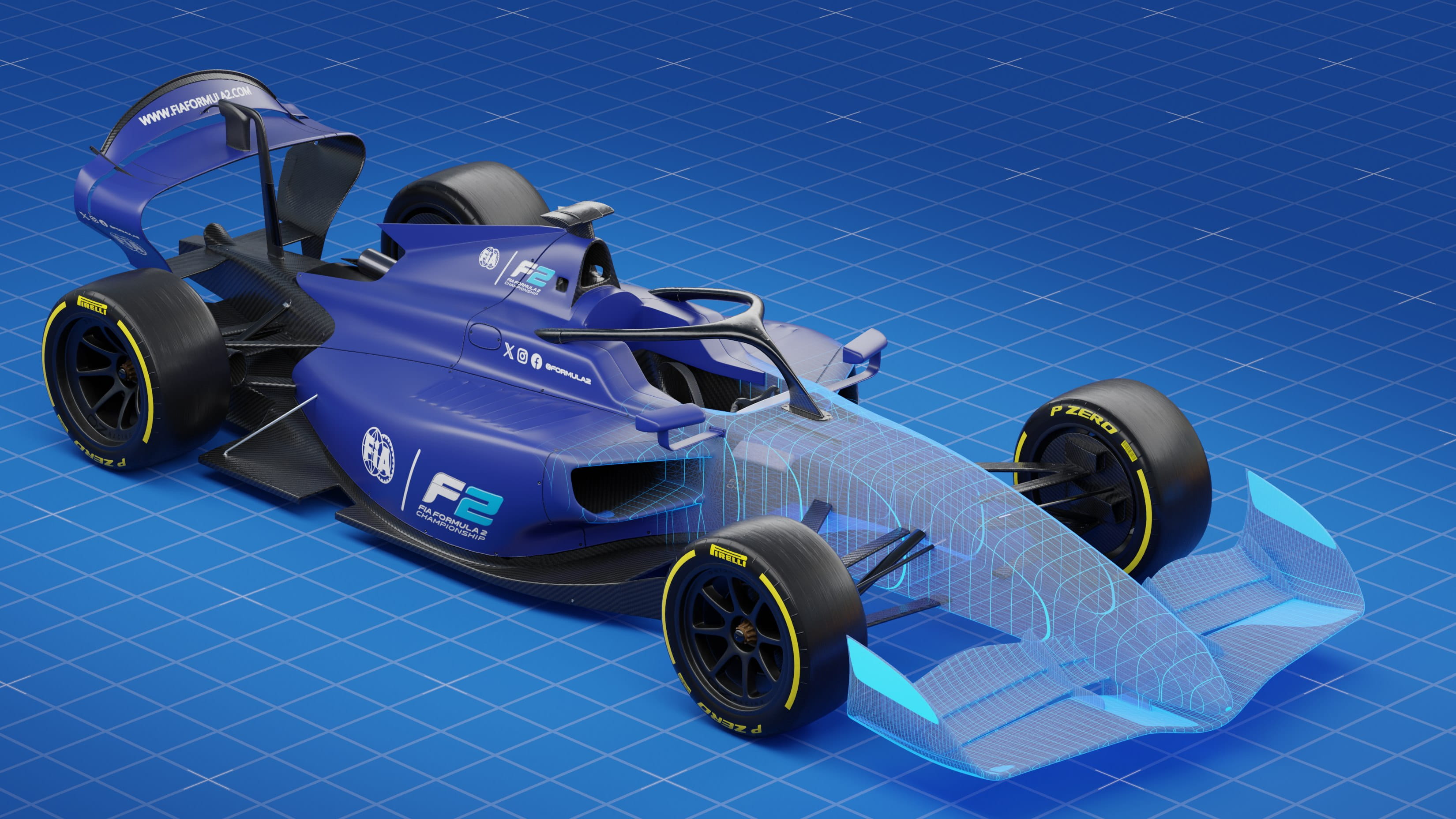Car
Formula 2 2024 season: How teams embraced an in-season test for the Imola sprint and feature races
by Samarth Kanal
7min read
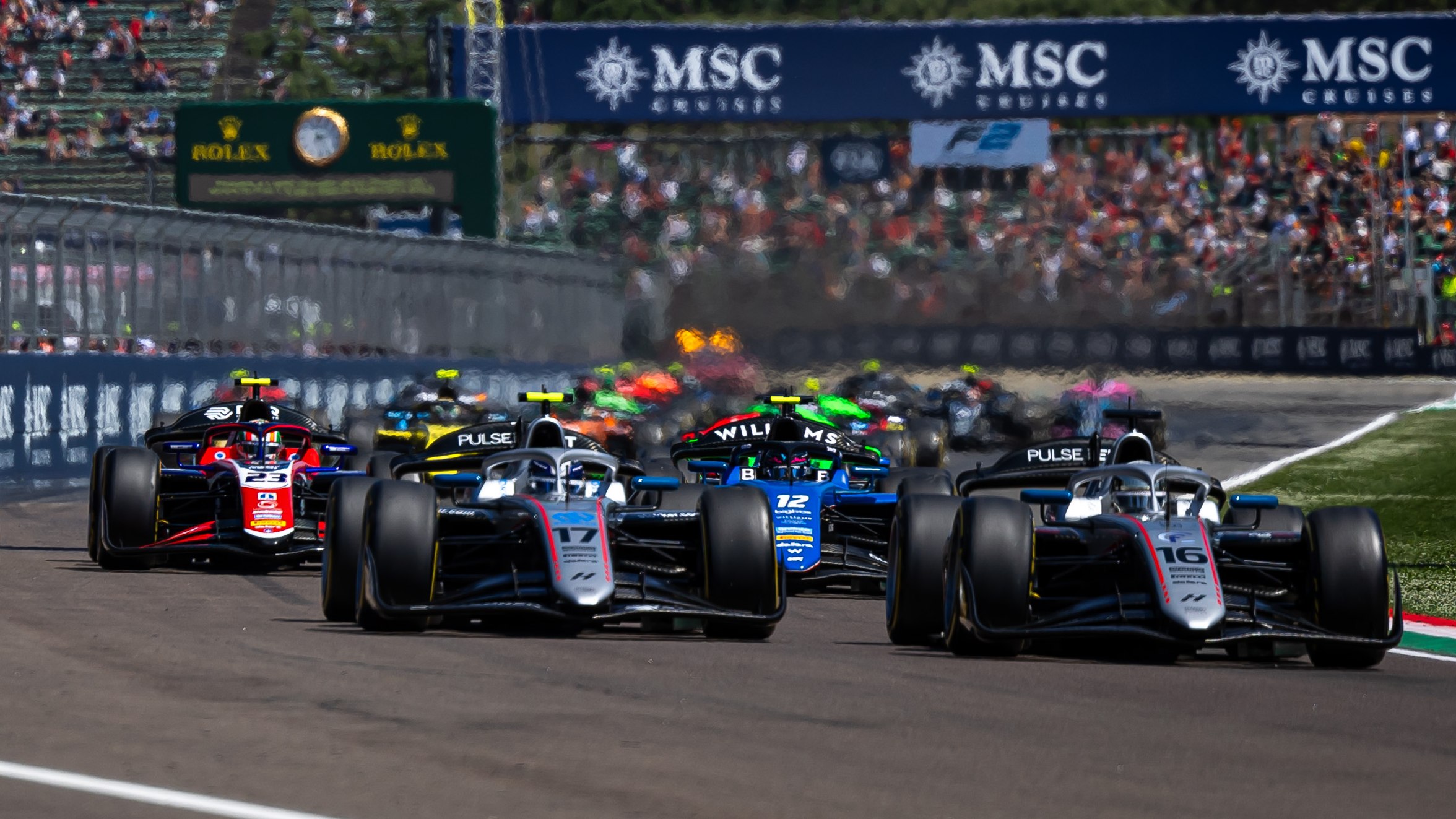
RaceTeq delves into the technical details that influence every Formula 2 race of the season. The 50-day break between the Australian F2 round and this one at Imola proved crucial for teams as they embarked on an in-season test at Barcelona.
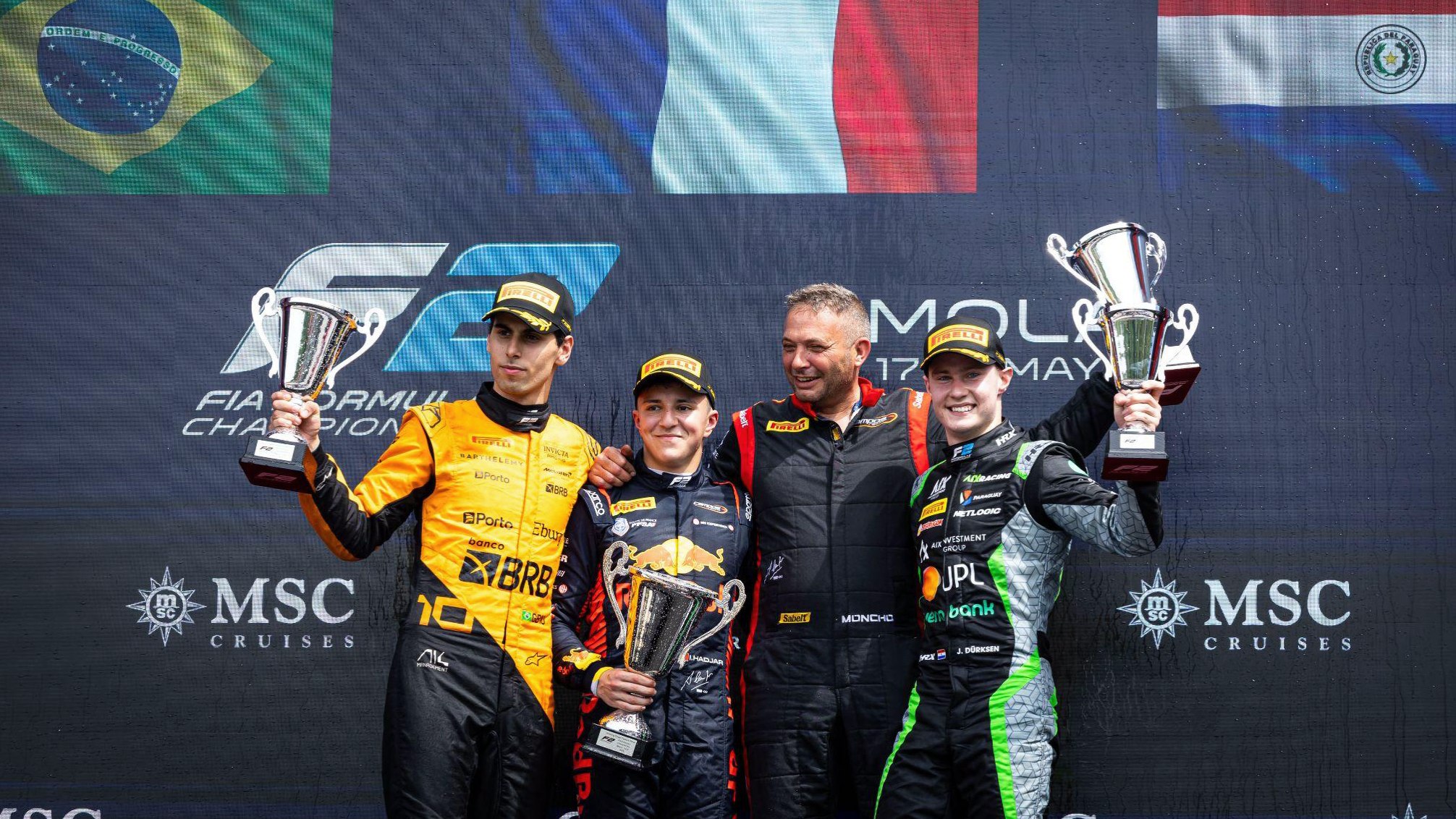
F2 Imola feature race winner Isack Hadjar (centre) with second-place finisher Gabriel Bortoleto (L) and third-place finisher Joshua Duerksen (R)
How the 2024 Barcelona F2 in-season test helped teams and drivers
Numerous changes set apart this generation of F2 car from its predecessor. Some, such as the front and rear wing, as covered in our Bahrain F2 technology report, are more visible; some are not visible – such as the underside of the car.
Plenty of parts have been carried over from the last Dallara-built F2 chassis – as have the engine and the tyres. Yet, teams have not been able to get the most out of their cars so far this season. Perhaps this is the start of a new competitive order forming – but some drivers think it's a short-term and changing picture, and that teams are going to find much more from the new car.
F2 is just crazy… no one’s optimising anything when it comes to the weekend.
Zane Maloney
, Rodin Motorsport
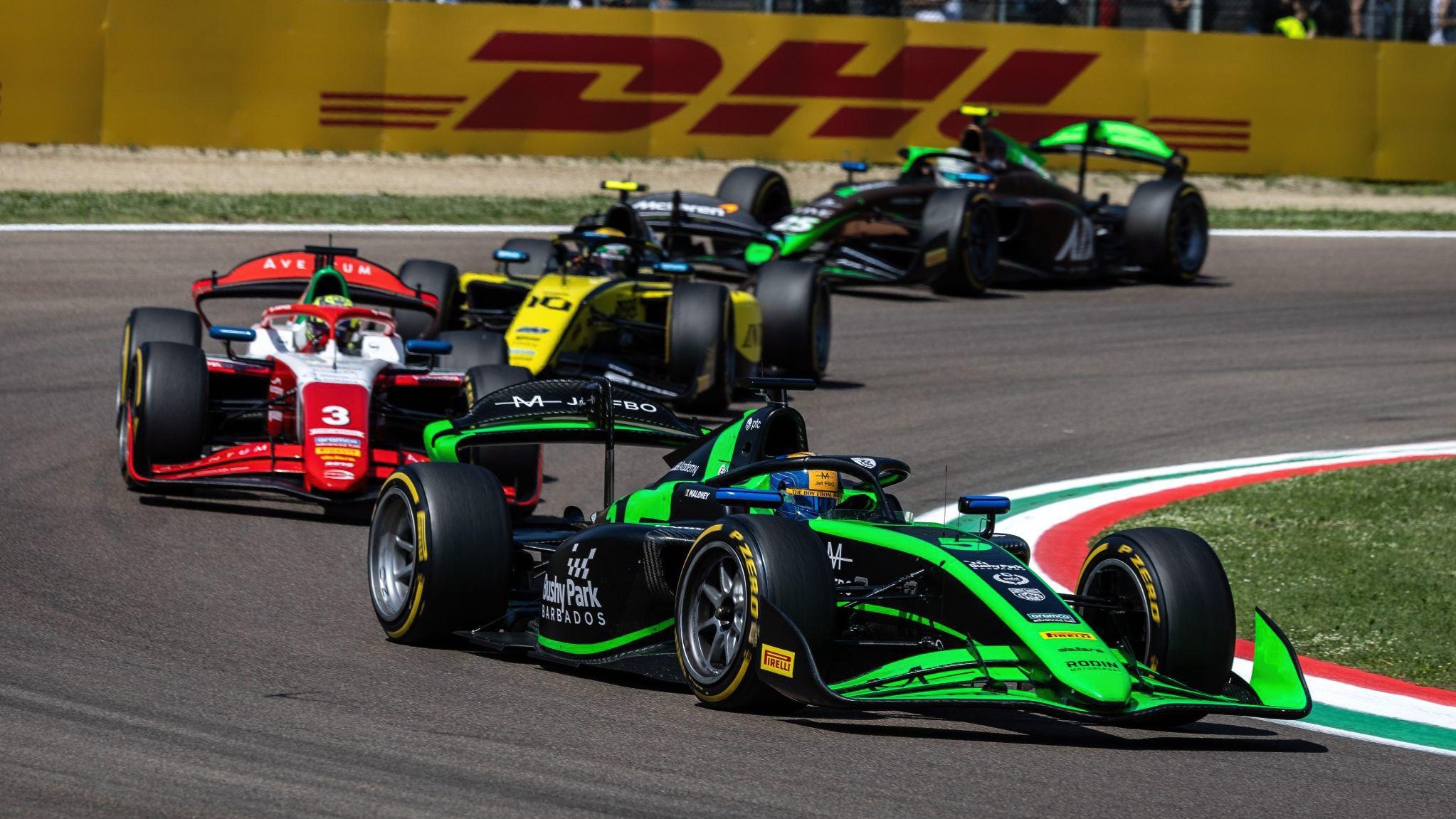
Championship leader Zane Maloney leading Prema’s Oliver Bearman at Imola during the sprint race
”Teams had just three days of pre-season testing in Bahrain before the season started, and – unlike Formula 1 drivers, who have three hour-long practice sessions before qualifying on a non-sprint weekend – F2 drivers only get 45 minutes of practice time per weekend.

A photograph of the 2023 F2 Spain round. This year’s Spanish F2 round is on June 21-23
Teams then need to change the stiffness of their suspension set-ups and ensure that the front and rear wing angles are set to complement the circuit and driver, all while ensuring that the floor stays as stable as possible through cornering so it produces sufficient downforce and grip.
What are camber angle and toe angle?
Along with ride height – which was important at Imola as teams needed to run their cars slightly higher to account for bumps and kerbs – teams have various other ways of adjusting the set-up of their cars. Camber and toe angle are two of them.
Camber angle is the angle between the vertical centre-line of a tyre and the ground – assuming the ground is completely flat. If the camber angle is zero, the tyre is essentially perpendicular to the ground when the car is static. If the camber angle is negative, the bottom of the tyre is further out than the top of the tyre when the car is static, and vice versa if the camber angle is negative.
Toe angle is the direction of the tyres relative to the centre-line of the car. A positive toe angle means the tyres are facing ‘inwards’ towards the centre-line when the car is static; a negative toe angle means the tyres are facing ‘outwards’ towards the centre-line of the car when the car is static.
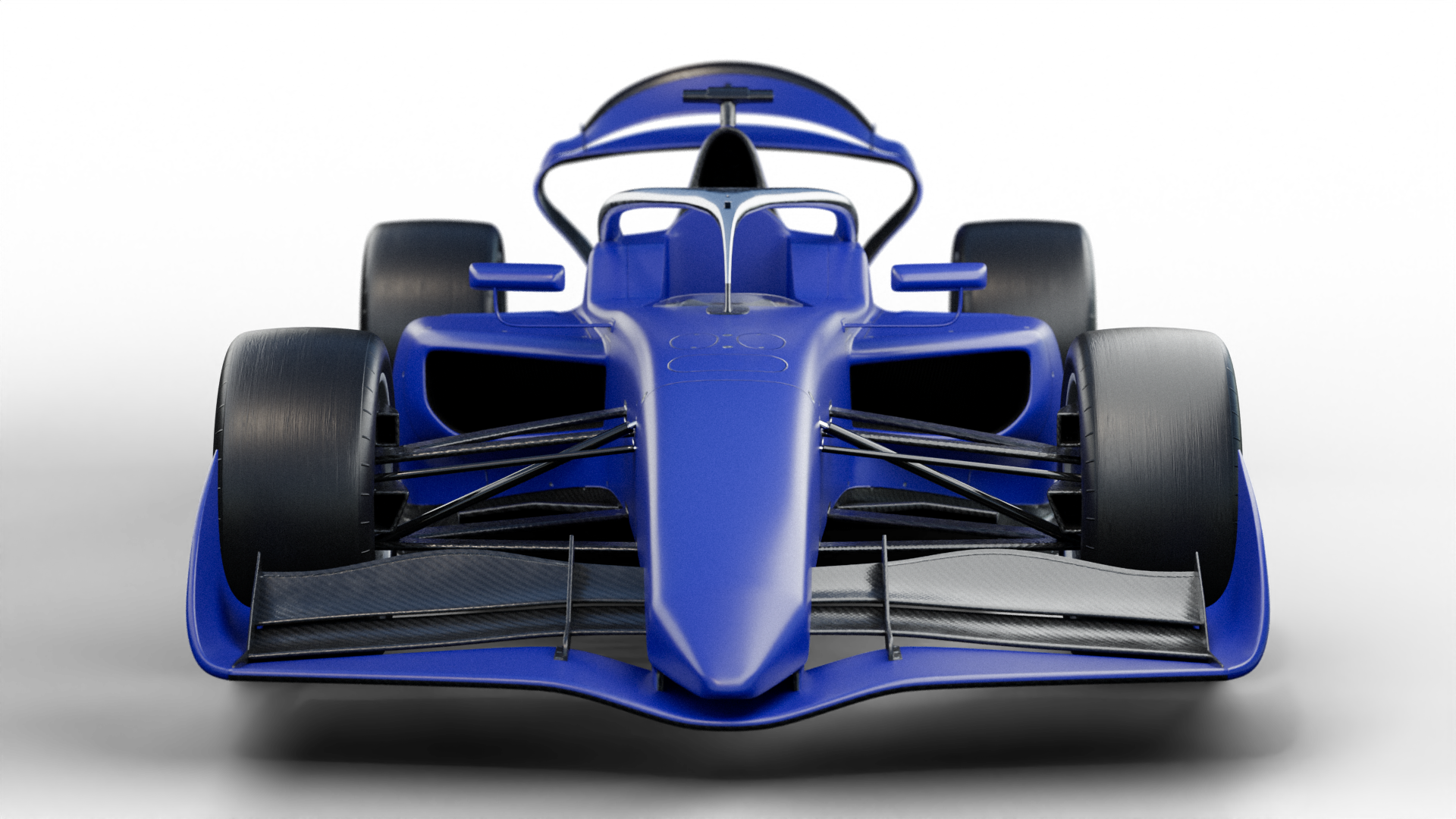
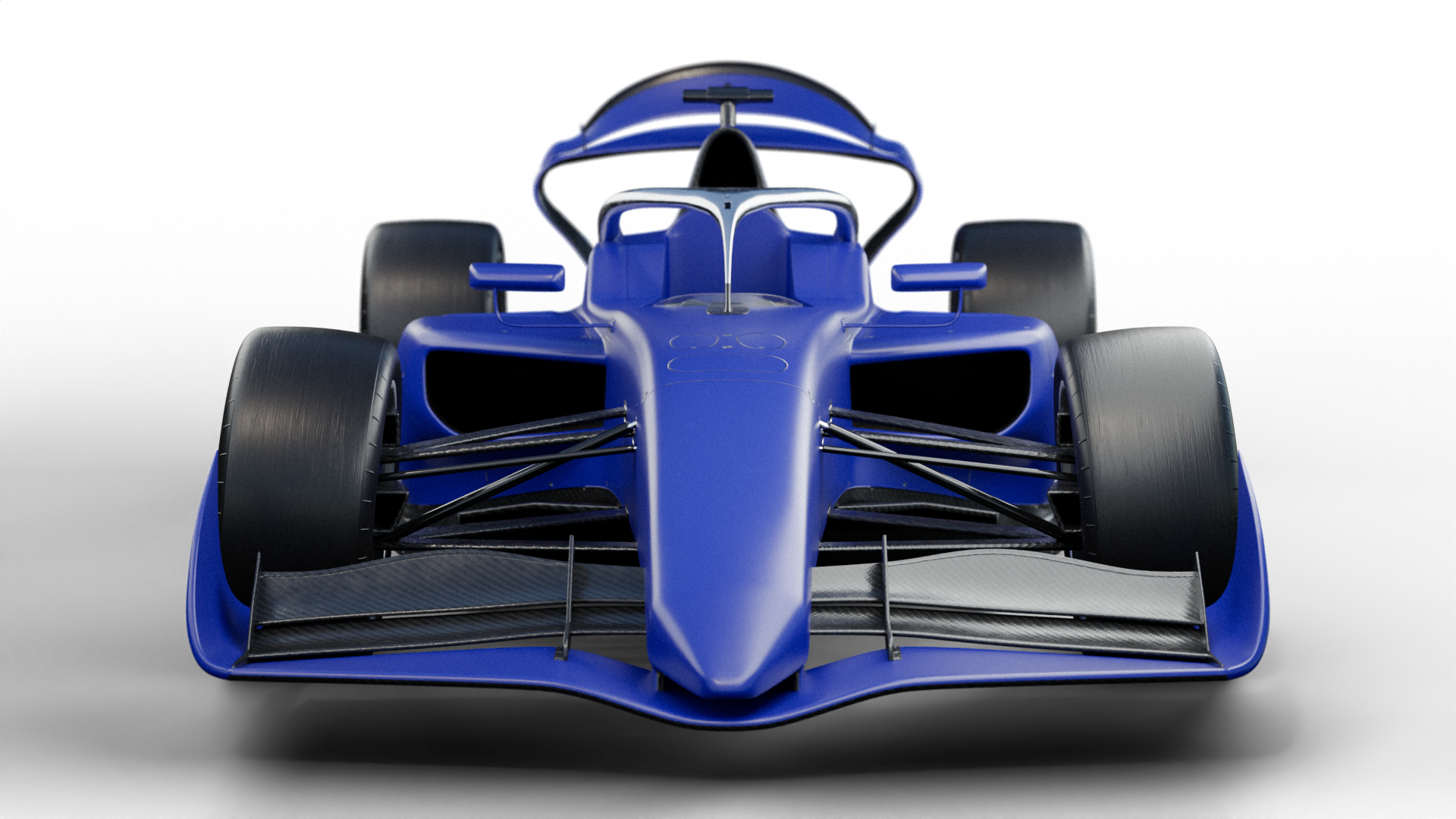

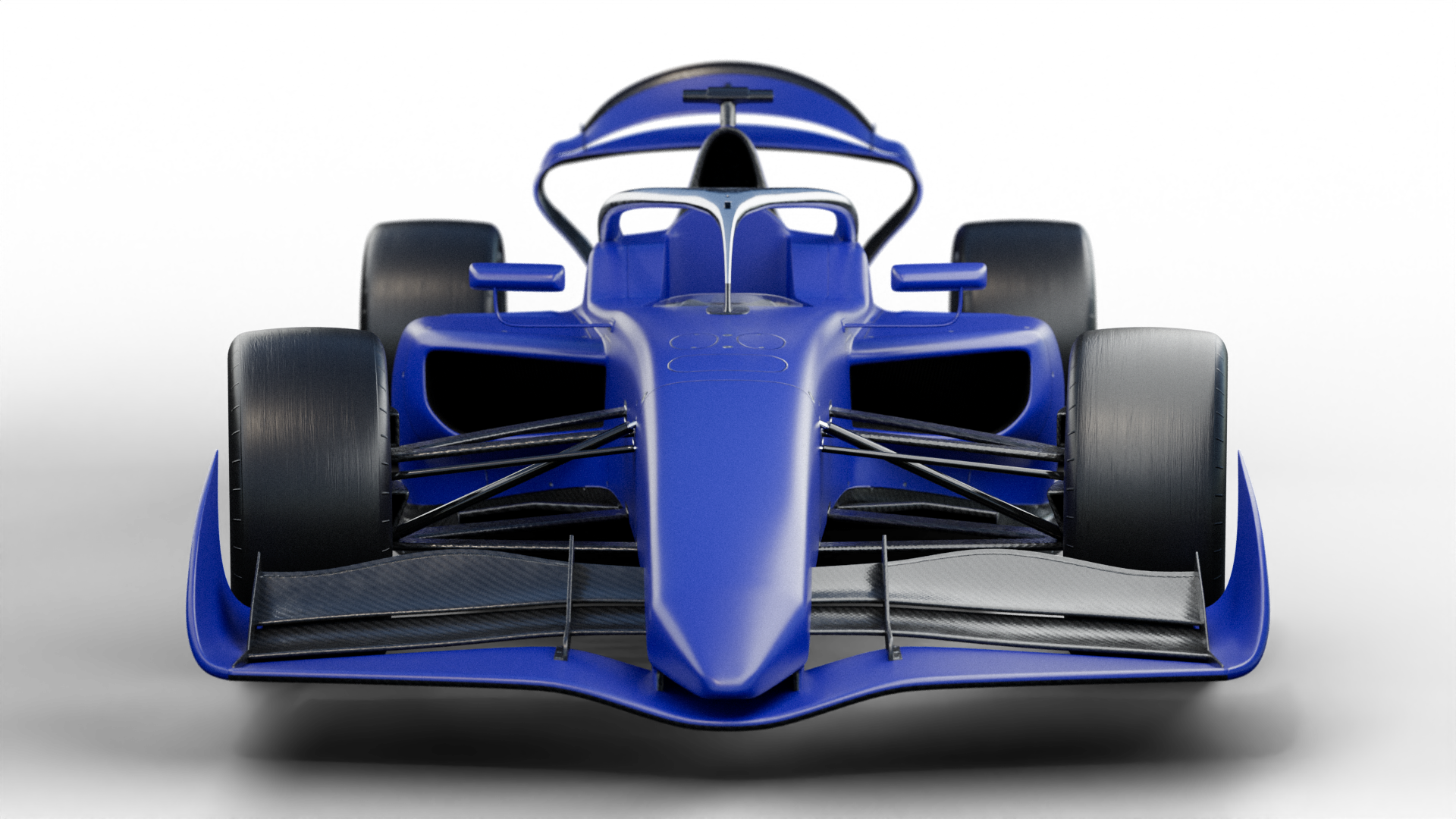
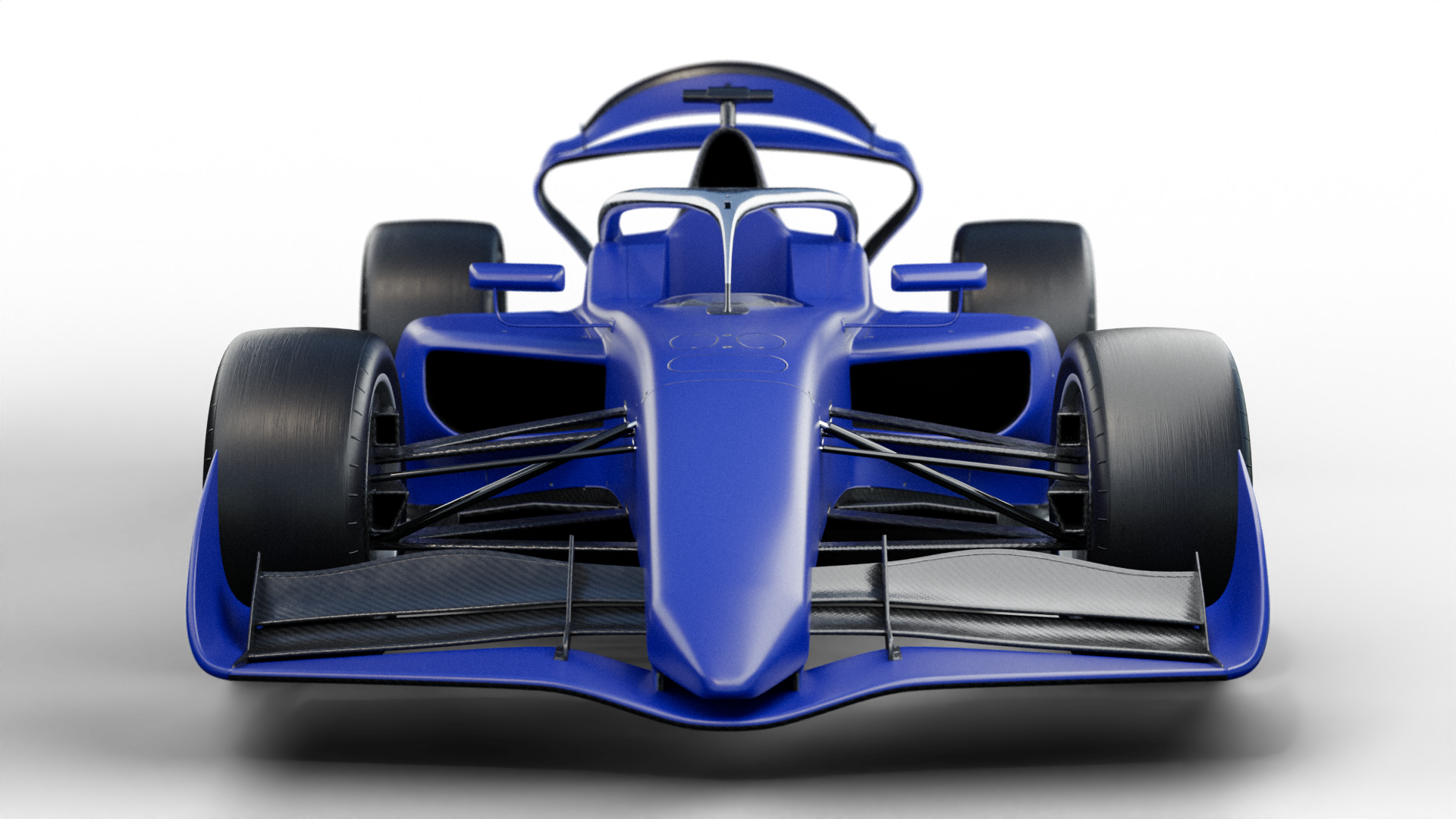
.jpg?cx=0.5&cy=0.5)
.jpg?cx=0.5&cy=0.5)
